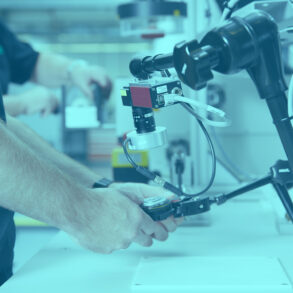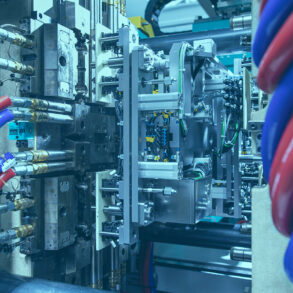Working systematically, yet always coming up with new routes to a solution – this is how Dr. Matthias Krug, Director of Simulation and Development Testing, describes the challenges faced by his team at Thomas. It requires the creative, analytical mindset of an inventor, combined with the customer focus of a consultant.
Questions about testing?
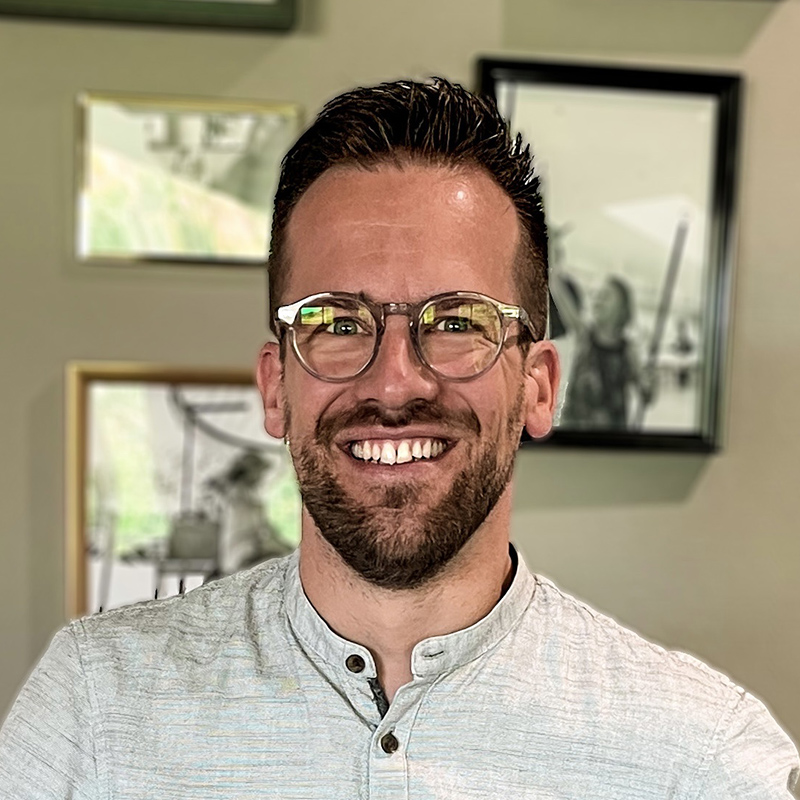
Creativity
Matthias Krug would have loved to tell us how an enterprising colleague came up with the idea of using talcum powder to identify the cause of a technical problem. But the Testing unit handles sensitive data, including for development projects, so this kind of competitive knowledge has to remain a close secret. How to find solutions by identifying and investigating possible causes is not a secret, but it is just as exciting.
Challenges in Testing
This is precisely what makes the job of a development engineer so fascinating: it all starts with a need that has to be met. The initial concepts involve mapping out the desired features on paper – but will it all work? Many detailed questions have to be answered throughout the process, from the initial design sample to the launch of series production. It’s not unusual for the list of product requirements to grow over time, meaning more modifications are needed. There is a constant need for new tools to tackle these challenges. What starts as a sample in the 3D printer could end up in an injection mold in Thomas’ in-house plastics production. The technologies that use Thomas products are also evolving. Technological progress means that the Testing team constantly need new development test rigs, for example to test valve designs for hydrogen technologies or for e-mobility. Efficient development involves identifying and eliminating as many opportunities for improvement as possible very early on in the design stage.
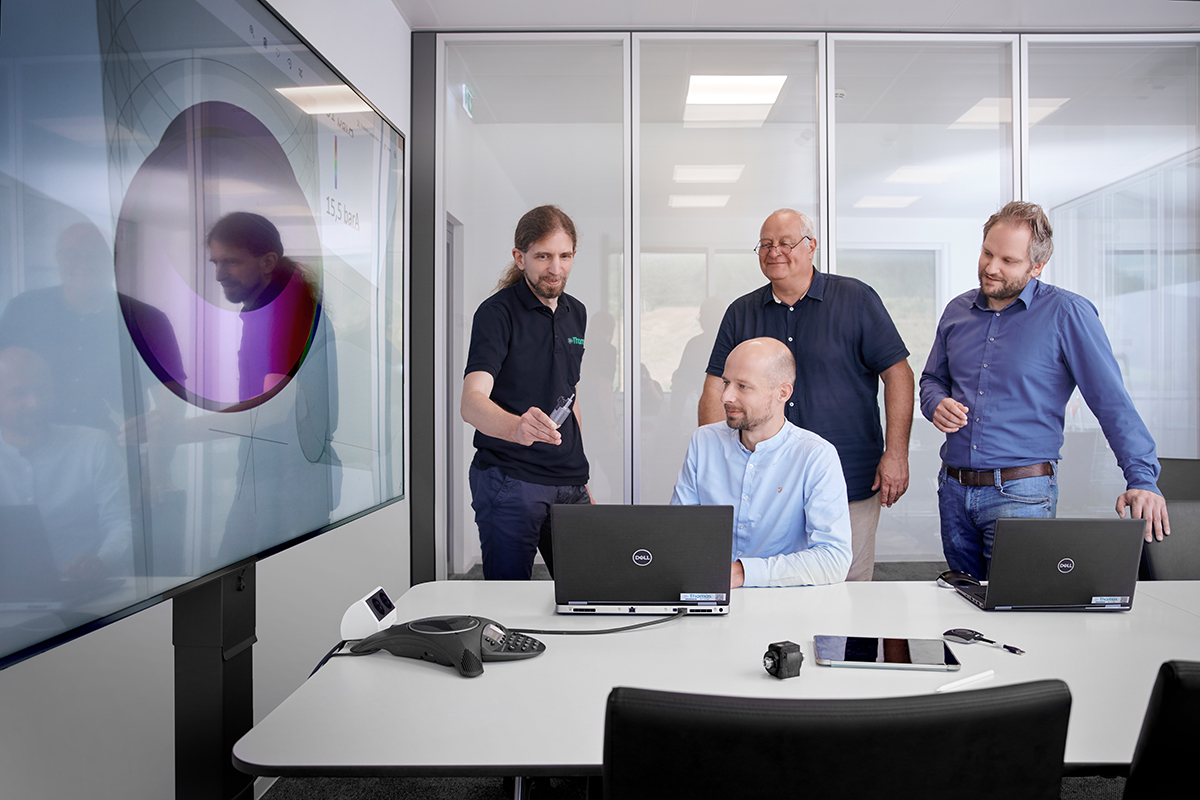
Analytical ability and customer focus
No two days are ever the same in Testing, but it helps to follow tried-and-tested methods. For example, in development projects, the impetus for the involvement of Testing is provided by a customer request. Perhaps a certain product behavior is incompatible with the customer’s system, but the product is due to go into series production in the near future. Depending on the task at hand, Testing immediately puts together an interdisciplinary team, often consisting of engineers from Testing, Process Development, Design and Simulation and technicians from Prototyping. The cause serves as one of the guidelines for the analysis – Ishikawa cause and effect diagram.
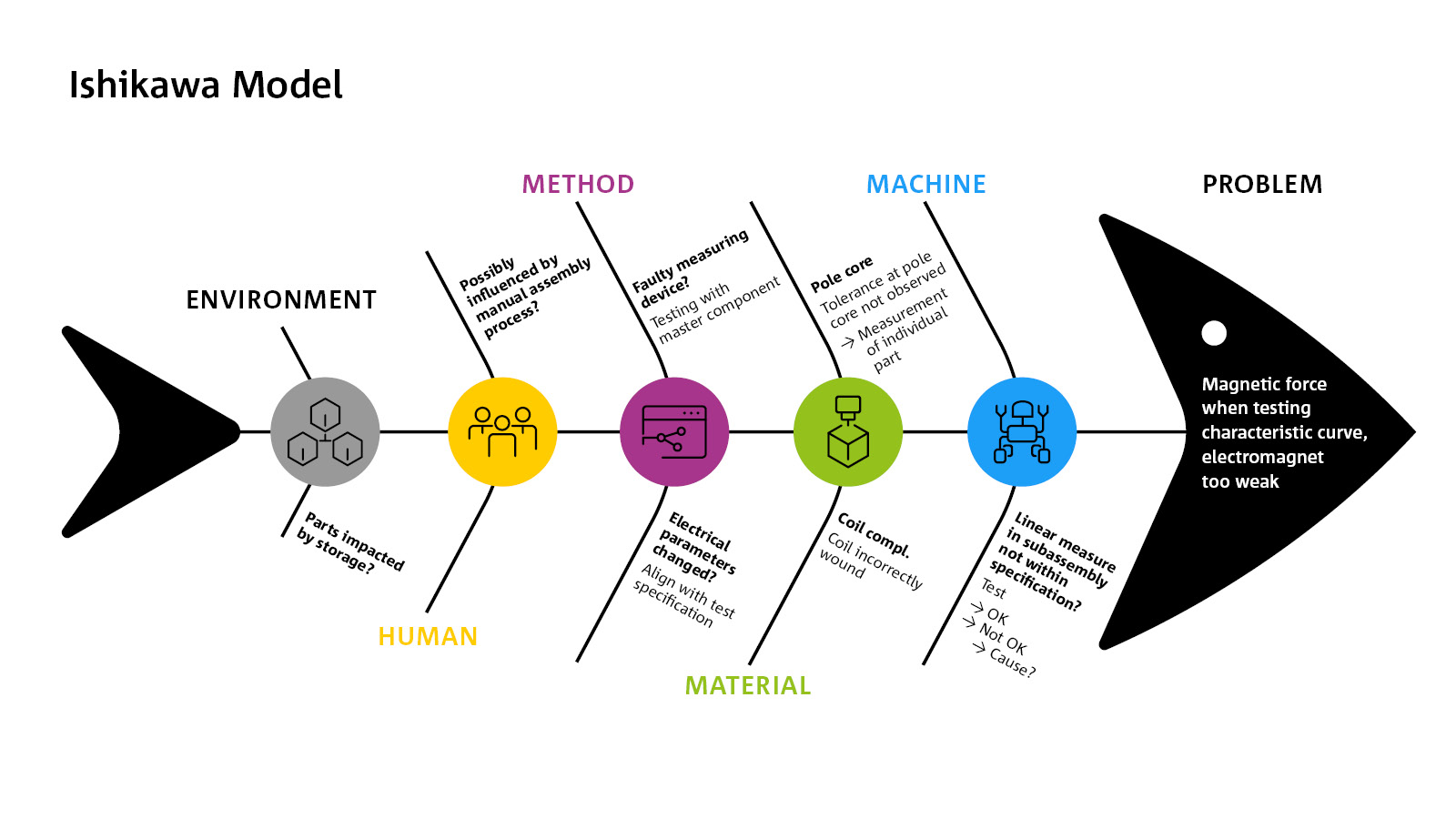
The five paths of the Ishikawa diagram
The interdisciplinary team brainstorms the paths of the following sources of error: method, environment, material, machine, and human. These influences are the cause of the undesirable effect in the product. These influences are then assigned to individual team members for analysis. The process of elimination should ideally leave a single cause, and eliminating this becomes the focus of the analysis. However, it is usually more complicated in real life. There are usually several causes, which probably influence each other. Based on the findings, a new sample can then be manufactured for the customer. After extensive internal testing, it is handed over to the customer for validation testing. Once this has been satisfactorily completed, the customer approves the reworking of the sample for series production. The team turns a clever hands-on solution into a process that is suitable for series production.
We’re looking for you!
Are you a test engineer with an inquiring mind and an appetite for unconventional solutions?
Join the Thomas team!




